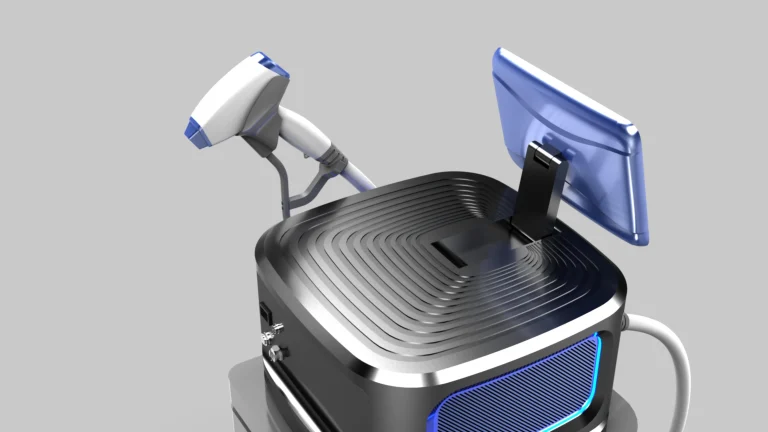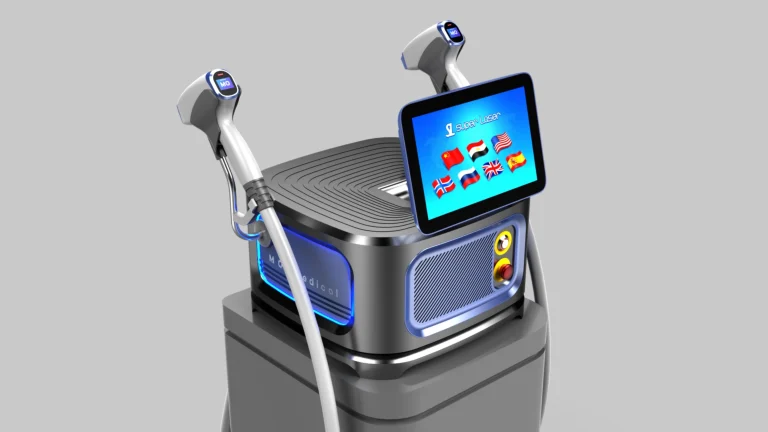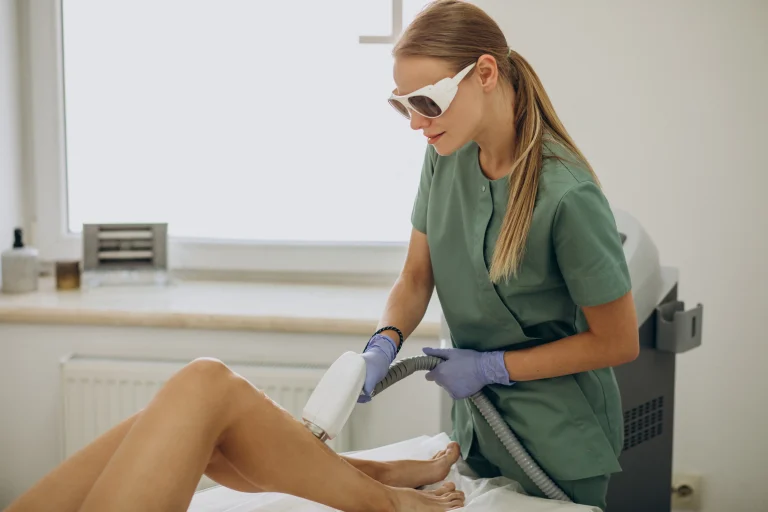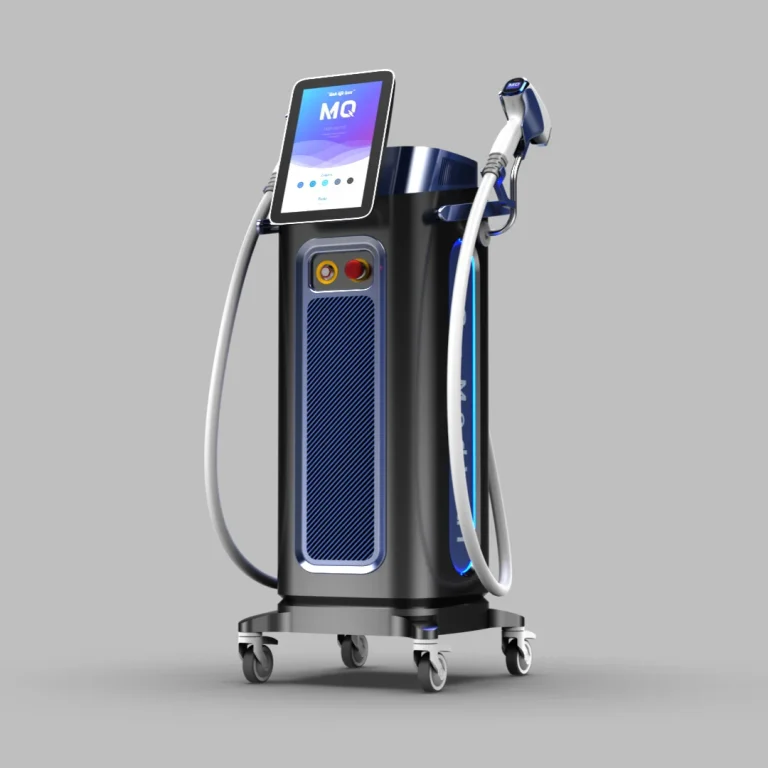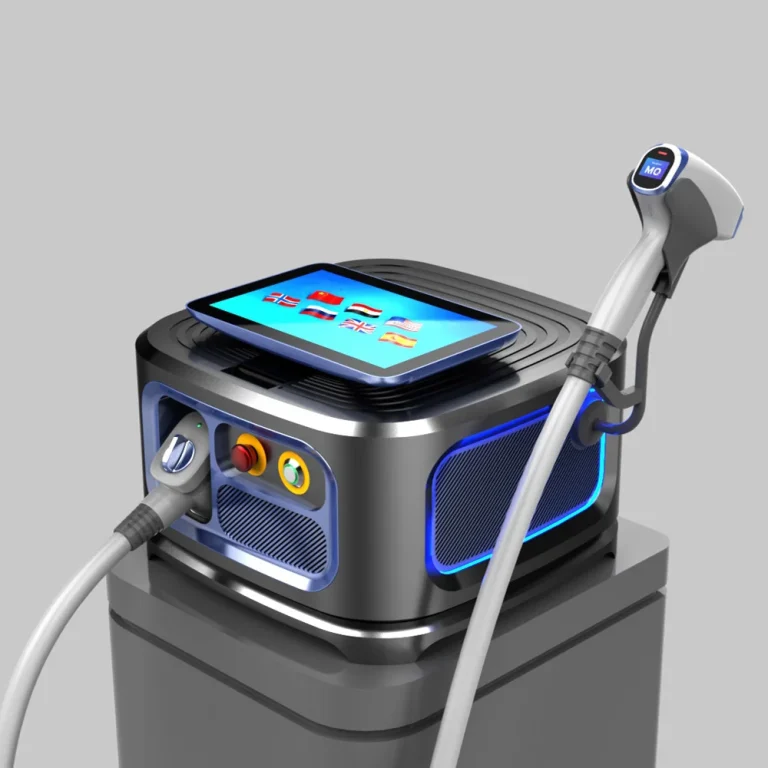Pelvic floor repair chair usually refers to a chair equipped with a magnetic stimulation therapeutic device. It mainly acts on the pelvic floor muscles and nerves through non-invasive magnetic stimulation to achieve the purpose of repairing the pelvic floor function.
Main functions of pelvic floor repair chair:
Improve pelvic floor function: The pelvic floor repair chair acts on the pelvic floor muscles and nerves by generating a magnetic field, making them excited and contracted, thereby driving the movement of the pelvic floor and promoting blood circulation. This magnetic stimulation method has been proven by clinical research and practice to effectively improve pelvic floor function.
Treatment of pelvic floor dysfunction: The pelvic floor repair chair is suitable for the treatment of a variety of pelvic floor dysfunction diseases, such as stress urinary incontinence, overactive bladder, urge urinary incontinence, urinary retention, pelvic pain, postpartum pelvic floor dysfunction, chronic pelvic inflammatory disease, chronic prostatitis, pediatric enuresis, male sexual dysfunction (such as ED, PE), functional constipation (including postpartum constipation, colonic slow transit constipation, neurogenic constipation) and fecal incontinence. Magnetic stimulation can strengthen the support for the urethra, anterior vagina and bladder, significantly reduce the amount of urine leakage and the number of urinary incontinence, and increase the maximum capacity of the bladder. At the same time, it can also inhibit the overactivity of the detrusor muscle by regulating the sacral nerves, thereby inhibiting the urination reflex or controlling the unstable state of the detrusor muscle.
Improve the convenience and comfort of treatment: Compared with traditional pelvic floor rehabilitation treatment methods (such as electrical stimulation, biofeedback, etc.), the pelvic floor repair chair has higher convenience and comfort. Patients do not need to undress or lie on the bed for treatment, just sit on the chair to easily complete the entire treatment process. In addition, the magnetic stimulation method also avoids the discomfort and embarrassment that may be caused by direct contact of electrodes with the human body.
Promote patient self-cognition and training: Magnetic stimulation can make patients feel the contraction of the perineal muscles, which helps patients identify the pelvic floor muscles and correctly contract the pelvic floor muscles for exercise in daily life. This self-cognition and training are of great significance for consolidating the treatment effect and preventing the recurrence of the disease.
It should be noted that the pelvic floor repair chair is not suitable for all people. Pregnant women, patients with metal objects in the pelvis, patients with implanted electronic devices, patients with arrhythmia, patients with pelvic malignancies, patients with vaginal bleeding, patients with acute urinary tract infections, and patients with severe mental illnesses such as epilepsy should avoid using it. In general, the pelvic floor repair chair provides a new rehabilitation option for patients with pelvic floor dysfunction diseases with its non-invasive, safe, painless and convenient characteristics.


